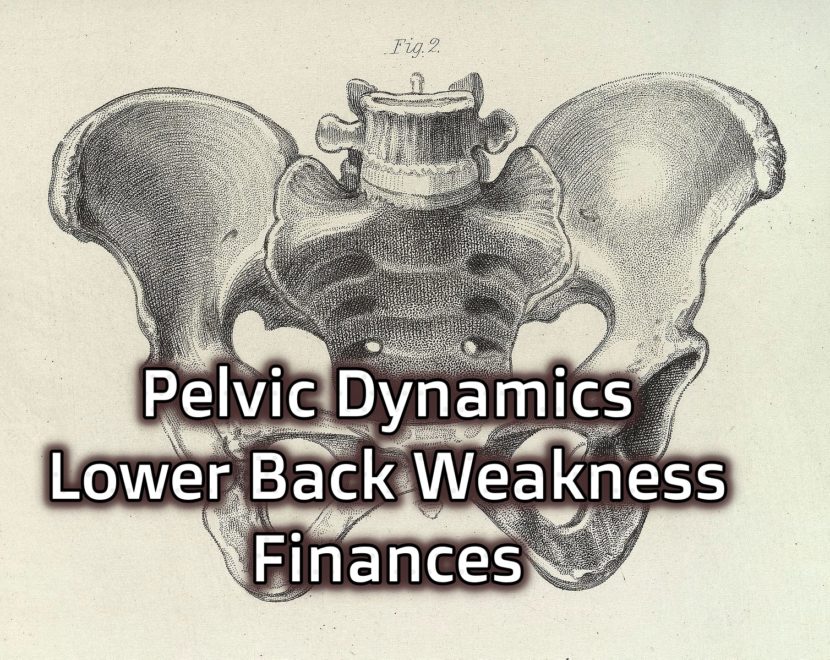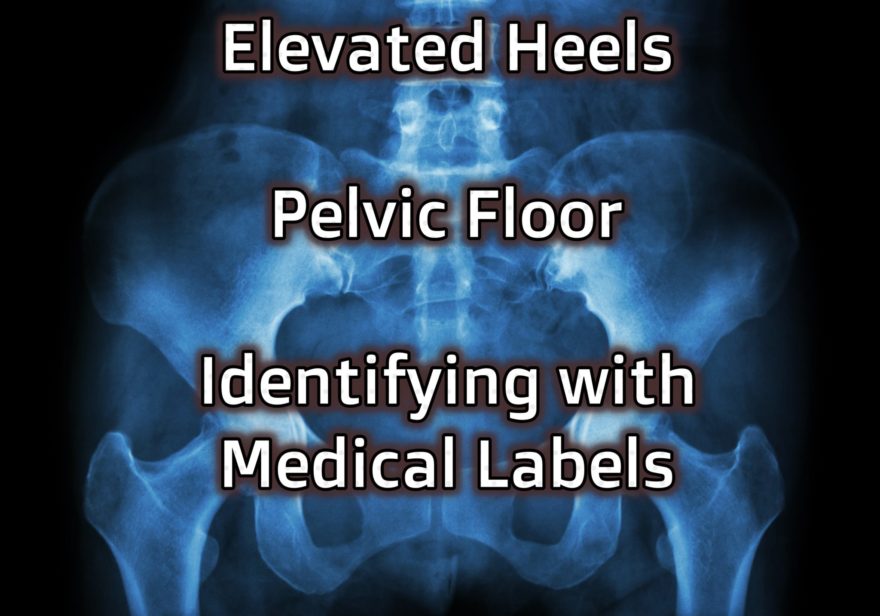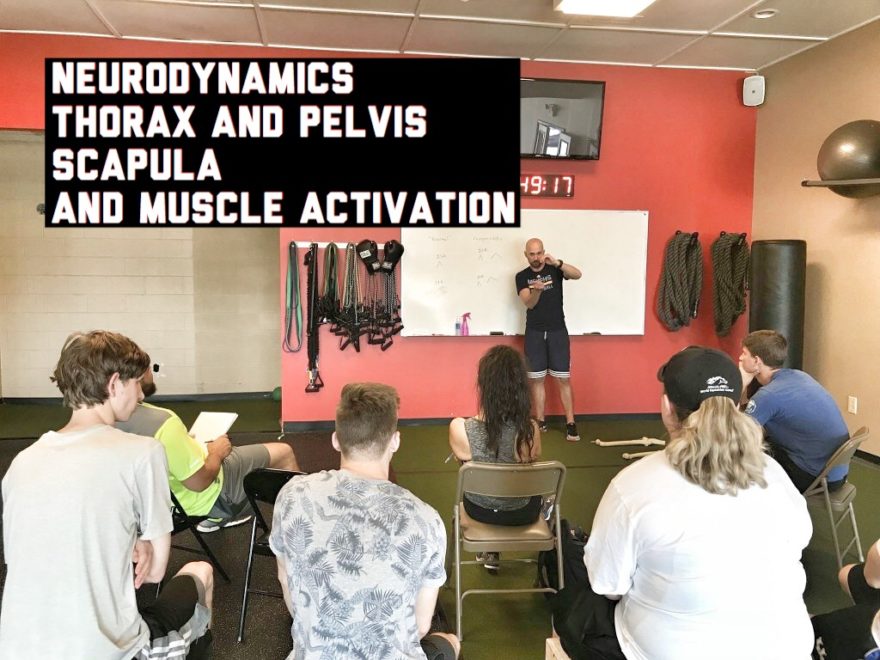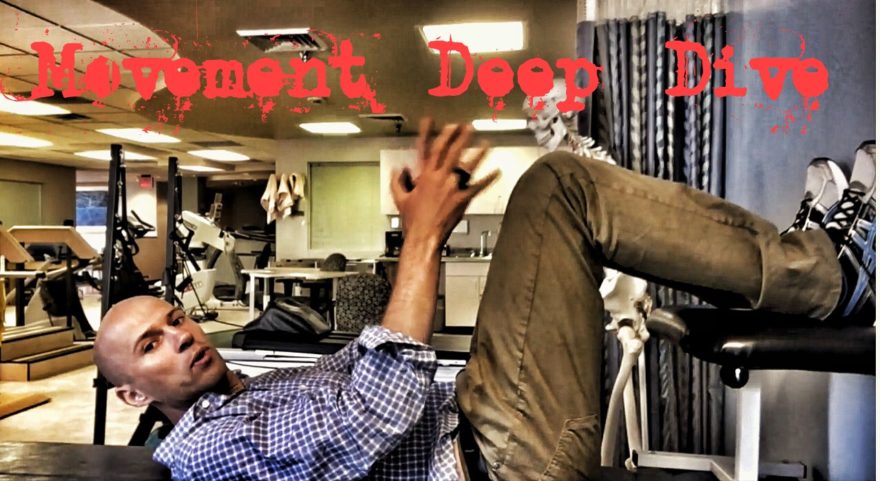Tag: Pelvic diaphragm

Kegels, Overhead Reaching, and Overuse vs Deconditioned – Movement Debrief Episode 104
Movement Debrief Episode 104 is in the books. Below is a copy of the video for your viewing pleasure, and…

Pelvic Dynamics, Lower Back Weakness, and Finances – Movement Debrief Episode 103
Movement Debrief Episode 103 is in the books. Below is a copy of the video for your viewing pleasure, and…

Elevated Heels, Pelvic Floor, and Identifying with Medical Labels – Movement Debrief Episode 79
Movement Debrief Episode 79 is in the books. Below is a copy of the video for your viewing pleasure, and…

Belly Breathing, Cramping, and Exhales – Movement Debrief Episode 77
Movement Debrief Episode 77 is in the books. Below is a copy of the video for your viewing pleasure, and…

Neurodynamics, Thorax and Pelvis, Scapula, and Muscle Activation
I recently had the opportunity at to do a Q&A session at Enhancing Life, the gym of my dear friends…

90/90 Hip Lift – A Movement Deep Dive
The Fundamental Rehab Technique It’s a classic that does so much more than the naked eye can see. This round…

Course Notes: Pelvis Restoration Reflections
Pelvises Were Restored It was another great PRI weekend and I was fortunate enough to host the hilarious Lori Thomsen…
